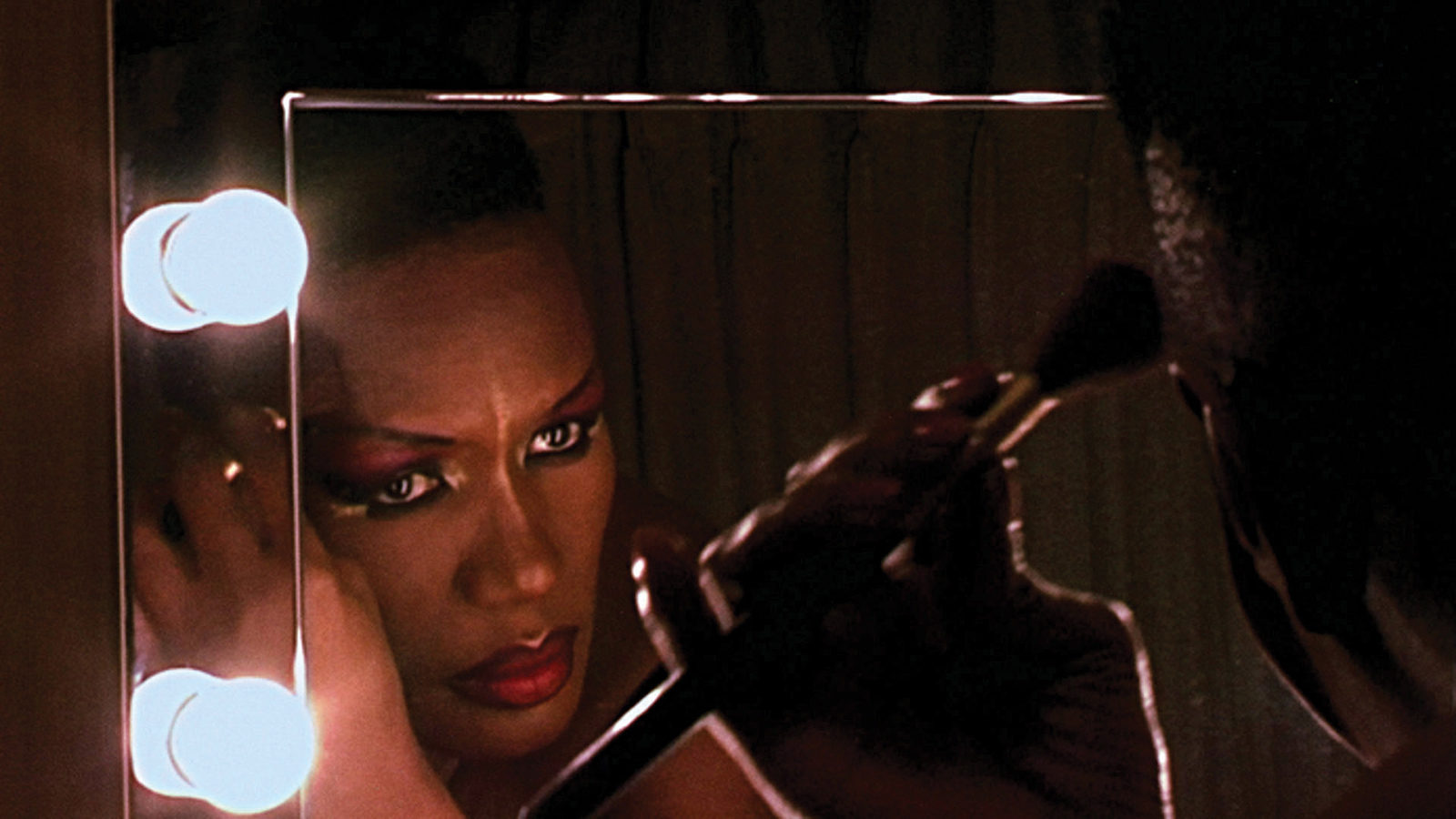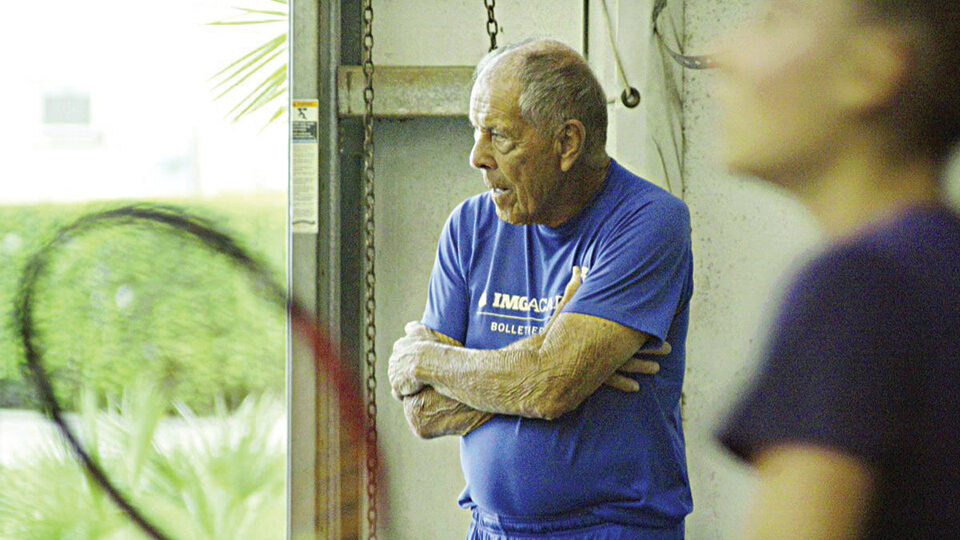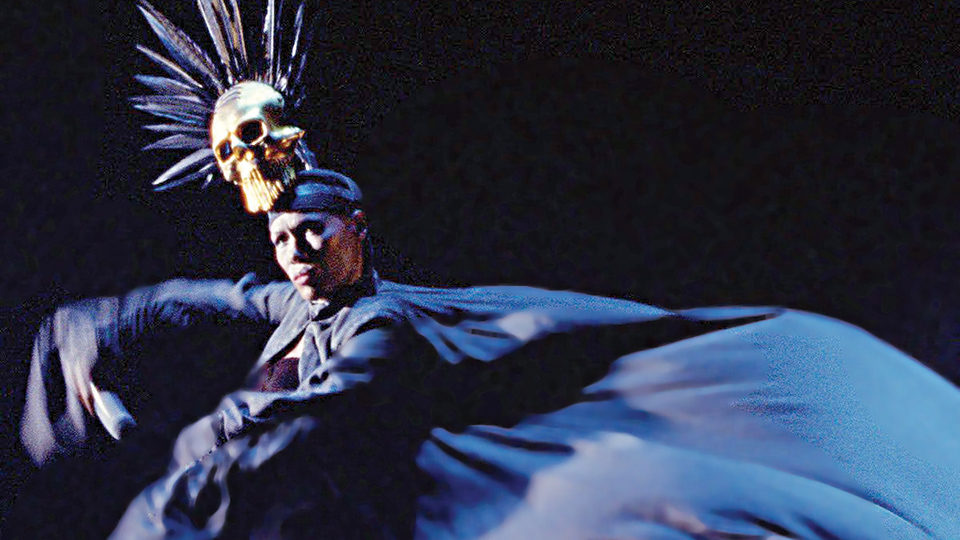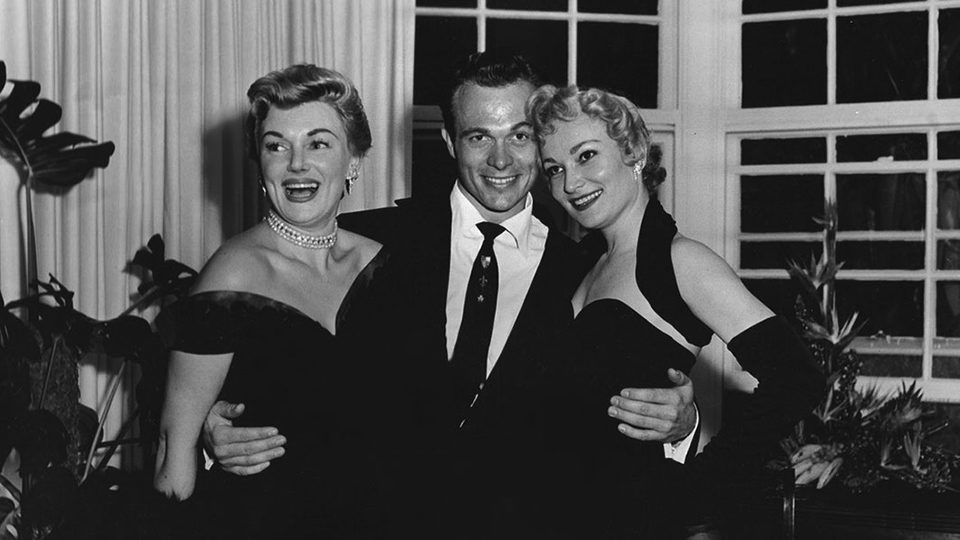
Make It Real: Star Tours
There are innumerable instigations for a work of nonfiction—countless stories, subjects, ideas, lenses, angles, forms. This mess inevitably reduces to a more manageable mix of strategies and genres—agitprop, music, investigative, cinema vérité, reenacted, hybrid—but even these are plentiful and plenty elastic. For all of the variety on display this year at the Toronto International Film Festival and the New York Film Festival, one particular genre of documentary dominated the discussion. Nearly half of the films in the TIFF Docs lineup were profiles or bios of famous people—artists, writers, statesmen, sports figures, scientists, etc.—while such films comprised roughly a third of NYFF’s Spotlight on Documentary slate.

In a certain respect, that’s no great surprise considering the culture at large, in which our celebrity fixations dominate everything from periodicals to books to television to podcasts to social media to narrative film (indeed, TIFF’s non-doc offerings were overladen with biopics). These are the stories we most often tell, and they’re the stories we most often patronize. Whether we need top-tier festivals to showcase what the marketplace is destined to bring us anyway is an open question, especially when the craft of some selections is a tier below. Would a film as unevenly constructed, indeterminately motivated, and frankly familiar as Sara Driver’s BOOM FOR REAL: The Late Teenage Years of Jean-Michel Basquiat have been selected for both of these festivals had it dealt with an uncelebrated artist? Likewise Sam Pollard’s solid but TV-scaled Sammy Davis, Jr.: I’ve Gotta Be Me or Chris Smith’s oddly handled Jim & Andy: the Great Beyond – the story of Jim Carrey & Andy Kaufman with a very special, contractually obligated mention of Tony Clifton, which allows its (living) star to marinate in his own backstage material.
Without question there’s interest in these films—distributors and broadcasters have affirmed this, and festival audiences get the added value of having a famous subject in their midst for a post-screening Instagram and ovation session. But might these films have edged out creative and innovative works that could have benefited from these platforms beyond the red-carpet PR boost? And might their samey-seeming density distract from the actual cream of this year’s celebrity-centric crop—obscuring the select films that challenged the expectations of the form without selling out their subjects?

Love Means Zero
Best of the best status at TIFF belonged to Love Means Zero, Jason Kohn’s antiheroic profile of tennis coach Nick Bollettieri and one of the most entertaining documentaries in recent memory. While dissenting or complicating voices are often fleeting and safely sequestered in authorized celebrity portraiture (Jim & Andy offers none at all, in fact), Kohn torpedoes hagiographic expectations. From the outset, we hear everything from ambivalence to traumatic accounts from former students and colleagues, while Bollettieri himself gets combative with the behind-the-camera Kohn, who tries to coax out self-reflection and instead finds a defiant void. Another filmmaker might have found such resistance derailing or flummoxing—what’s the point if your subject refuses to be candid? But it’s clearly catnip for a fellow combatant like Kohn. He turns what might have been a safe gig into a clinic on how to make an honest film about someone who’s either vigilantly dishonest or stubbornly obtuse, and how to do it without hacking the person to pieces.
What Kohn recognizes in Bollettieri is a man who knows he’s a piece of work—who in fact hustled hard to become that piece of work—and knows that admiration and revulsion equally feed his mystique. His tennis academy became the most storied in the country, developing players such as Jim Courier, Monica Seles, and prodigal son Andre Agassi, without its master’s offering much in the way of technical expertise. Bollettieri is a motivator, a tough-love paterfamilias who would select favored sons and daughters based on winning ways and killer instincts. For every player who remembers him favorably, there’s another still scarred by his tactics. Kohn shoots these interviewees center frame, Gates of Heaven–style, a richly lit, mildly arch setup counterbalanced by testimony of striking candor. Meanwhile Bollettieri, a rheumy-eyed and Coppertone-leathered man of 86, glares into the lens, with a decaying, dormant court from his once thriving academy looming in the background. Seated in front of his abandoned kingdom, the sultan still swings.
A week after the movie’s TIFF premiere, Kohn told an audience at the Camden Film Festival that he lifted his film’s structure from Akira Kurosawa’s Ran, arranging three epic Agassi matches in place of the warlord’s son’s battles, a lineage that’s less evident than retroactively instructive, and entirely apt. The deeper into Bollettieri’s story and psyche we go, the more he starts to resemble every father figure we’ve ever wanted to impress or be loved by, and the more Agassi’s refusal to participate in the film—the continuing fallout from a betrayal enacted 20 years ago—feels like a presence rather than an absence. The brazen old man lived his life without apologies, but that also leaves him alone, measuring the cost.

Grace Jones: Bloodlight and Bami
As far as I know, Sophie Fiennes’s Grace Jones: Bloodlight and Bami doesn’t follow a Shakespearean structure, but no borrowing was necessary for the one-of-a-kind performer. Stacked with enough howling one-liners and side-eye retorts to make Madonna: Truth or Dare nervous, the film delivers the goods as a backstage tell-all, showing the iconic singer sliding from principled human to demanding artist to petulant diva—all somehow both performed and sincere. But that accounts for only one strand of the curlicued narrative, as we also accompany Jones on trips to Jamaica, where she visits close family and friends, and wades back into the community and culture from whence she came. This footage is quite raw, evidently several years old, often hard to follow, and refreshingly uncalibrated for our patience or enjoyment. Fiennes keeps going back to it, asserting its ongoing importance where another filmmaker might have packaged it as an essential but short chapter in the making of the artist.
Perhaps these passages are currently being cut back for the benefit of broadcast and theatrical enticement, but I hope not. The cyclical structure is key, passing as it does through impeccably recorded concert footage of the goddess ruling the room; vérité-style sequences of the star in globe-spanning, hotel-hopping, self-made artist and businesswoman mode; and those refreshingly imperfect trips back to the homeland. It strings out three prevailing truths of who Grace Jones is without forcing them together into one hackneyed identity or idea.
It would be a stretch to argue that Scotty Bowers was a celebrity, but safe to say he knew a few in his prime. As recounted in Matt Tyrnauer’s Scotty and the Secret History of Hollywood, Bowers was an industrious and trusted pimp/gigolo to closeted stars from the late 1940s through the 1970s. Tyrnauer uses Scotty’s tell-all tome, Full Service: My Adventures in Hollywood and the Secret Sex Lives of the Stars, as a primary source, though he also supplements his main subject’s stars-just-wanted-to-get-off assertions about everyone from Cary Grant to Katharine Hepburn with analysis from historians who affirm that Scotty’s stories check out.

Scotty and the Secret History of Hollywood
So far, so perfectly fine. It’s when Tyrnauer lingers in the present tense, a lifetime away from his “all service” Hollywood gas-station days and house-call trysts with Spencer Tracy, that things get interesting—and by interesting I mean banal (in a good way). Now in his early nineties, Bowers has been married for over 30 years to a woman with little interest in his prior sexual exploits, and the tensions created by his going public and speaking frankly about who, what, where, and how—you’ve not lived until you’ve heard a nonagenarian shrug and say, “He liked to suck cock” when asked about a closeted leading man—are real, evident, and also weirdly relatable. When it comes to day-to-day living, Bowers’s past is on par with his compulsive hoarding (which Tyrnauer documents with increasing fascination)—they’re challenges a spouse chooses to endure for the sake of love and continuity, and also in recognition that past lives and root cases can never be redressed, only mindfully absorbed.
Come for salacious tales of the famous—leave with myriad thoughts about the ineffabilities of marriage, sexuality, and the self. An old man sifts through a garage packed with a mess of evidence of his life, and rather than serving as a synecdoche of this film’s enlightening cornucopia, it speaks to things none of us will ever fully comprehend or reconcile. Now that’s a true story.
Eric Hynes is a journalist and critic, and associate film curator at Museum of the Moving Image in New York.







